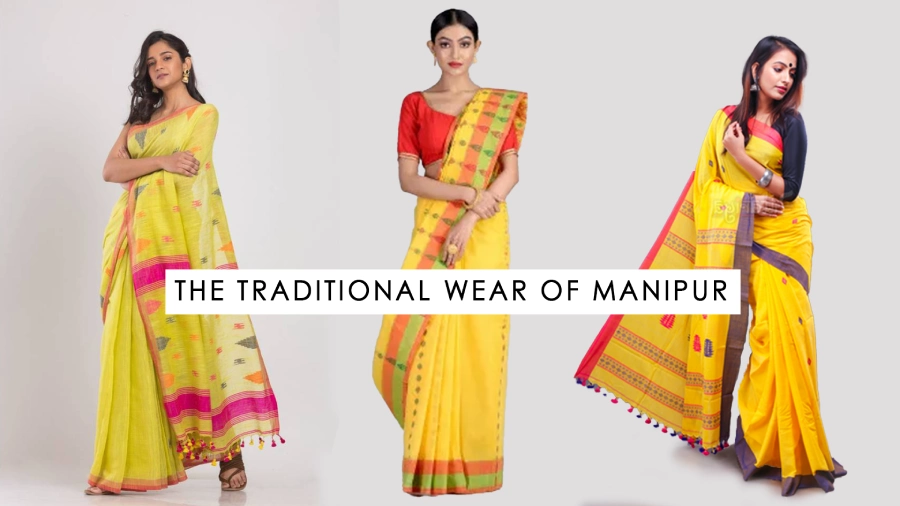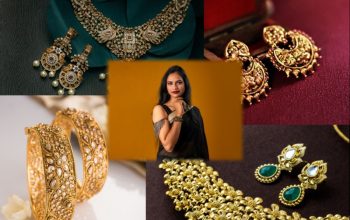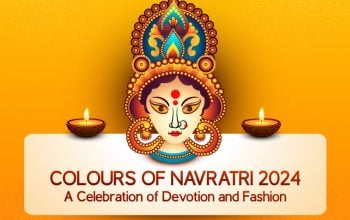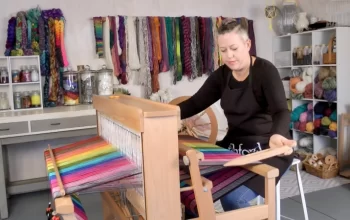The state of Manipur is also called the “country of jewels.” The state, considered one of the seven sisters of the northeast, is well-known for its breathtaking landscapes, alluring hills, gardens, forts, greenery, rivers, and lakes. It has a lot to offer, with the state’s traditional attire and costumes being particularly noteworthy. The outfits are exceptional and one-of-a-kind, and their vivid colors enhance their beauty. These costumes respect the state’s rich culture while still being dapper and sophisticated. Because these costumes are primarily focused on simplicity and usefulness with such fantastic flair at the same time, they are simple to put on.
Customs and Culture
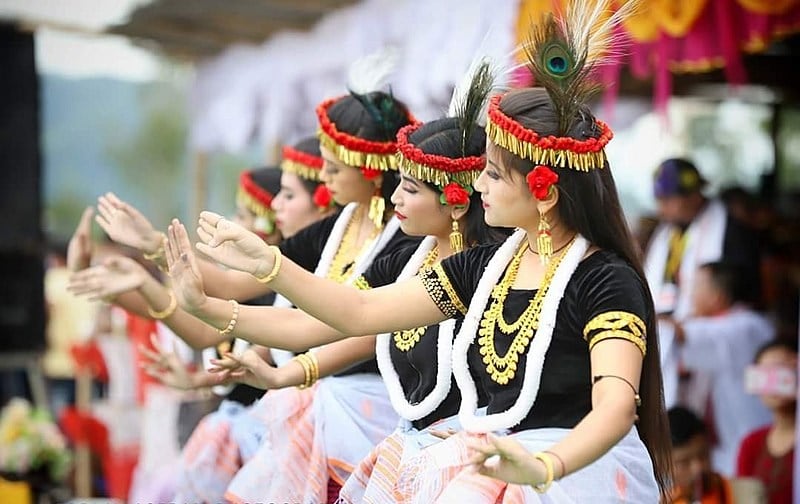
Manipurese people practice a tradition whereby they cover their bodies from head to toe at all times, except when they are sleeping or taking a bath, as a gesture of respect for their motherland and elders. Males, mainly older men, always dress in the traditional Manipuri attire. They store it in their closets when they are not using it. For men, the dress is often red or orange; for young men, pink; for older women, white; and for unmarried girls, white or yellow.
Distinct patterns have different connotations in various places. For instance, the Khasi pattern looks like a honeycomb. The woven stripe design is distinctive to each community.
During important events like weddings, the youth and women dress in a phanek, and a beautifully embroidered sari draped over their bodies. This gives the outfit a unique look and feel and makes them feel regal and royal. The length of the phanek or skirt is up to personal preference.
The dressing style of Manipuri Men
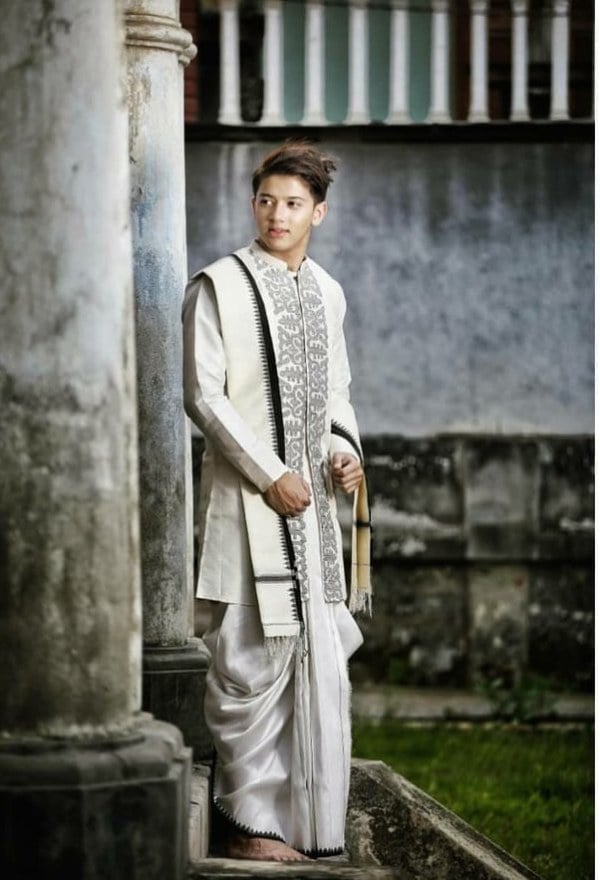
Keeping in line with traditional Manipuri clothing, the males of the state are expected to cover their lower parts with a dhoti, a typically white fabric that they wear around their thighs. Occasionally, a jacket is worn with this traditional outfit in addition to a pagri or turban. On momentous occasions, such as weddings and festivals, a unique dhoti known as Khamen Chapta is also worn. If there is a ritual, it must be worn. Though it is believed that in ancient times, these dhotis were presented by the King exclusively to those who were judged worthy, and the chosen few geniuses and poets wore it away from the general populace, it is reported that only royal descendants now wear them.
Wedding attire of Manipur
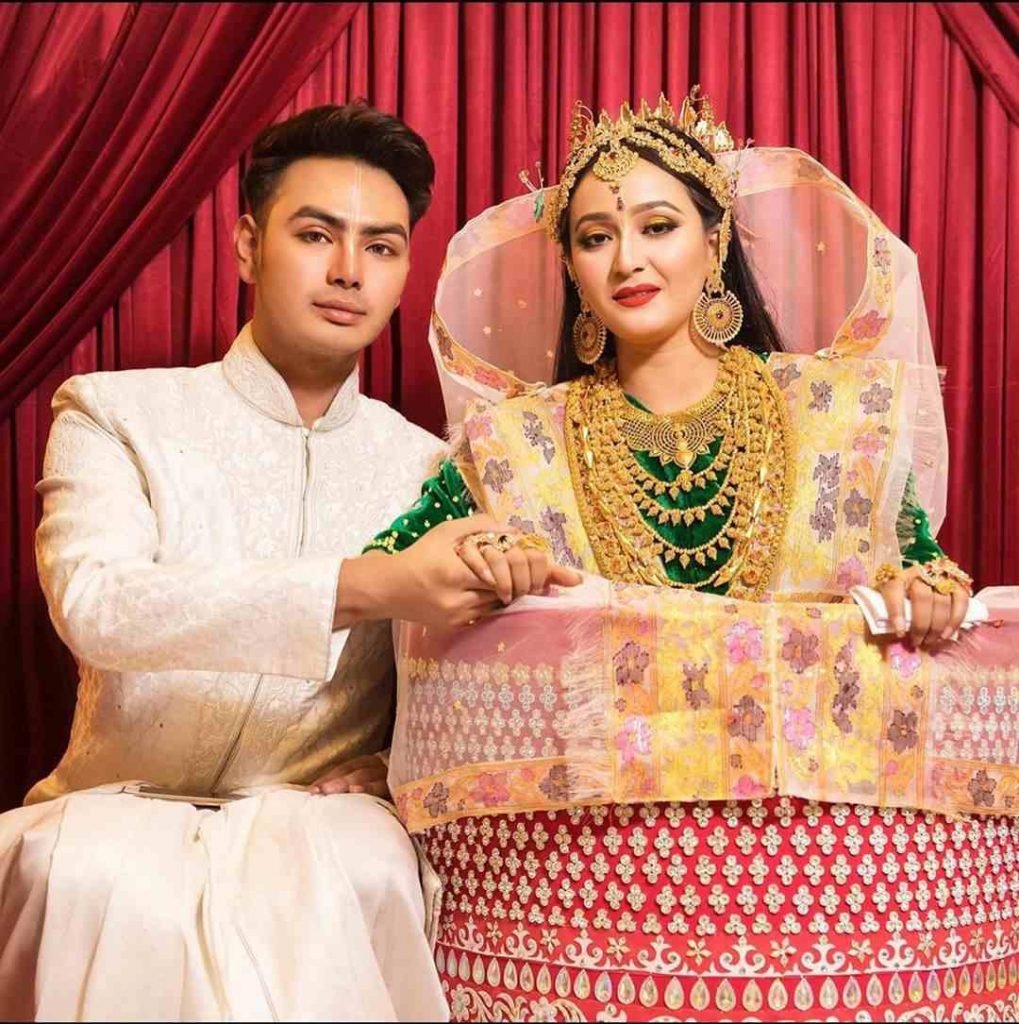
Manipur’s wedding attire can be summed up in one word: gorgeous. Manipur is known for its minimalist style in everyday clothing, but when it comes to weddings in the state, it’s either go big or go home, as the bride’s traditional dress clearly illustrates. The Polloi costume has been the standard bridal attire since the 1700s.
These elaborate outfits include a top, an inner garment that can be changed into a dress, a skirt with a cylinder-like shape, and a belt to complete the ensemble. The skirt, the primary focal point of this ensemble, is available in various vivid hues, including red, yellow, pink, and green.
The designs on the same are adorable and glitter, enhancing the bride’s radiance. It is further embellished with sequins, decorations, and diamonds. This is worn with a headband ideal for the bride on her wedding day, together with the Inaphi traditional shawl.
The amalgamation of western and traditional outfits
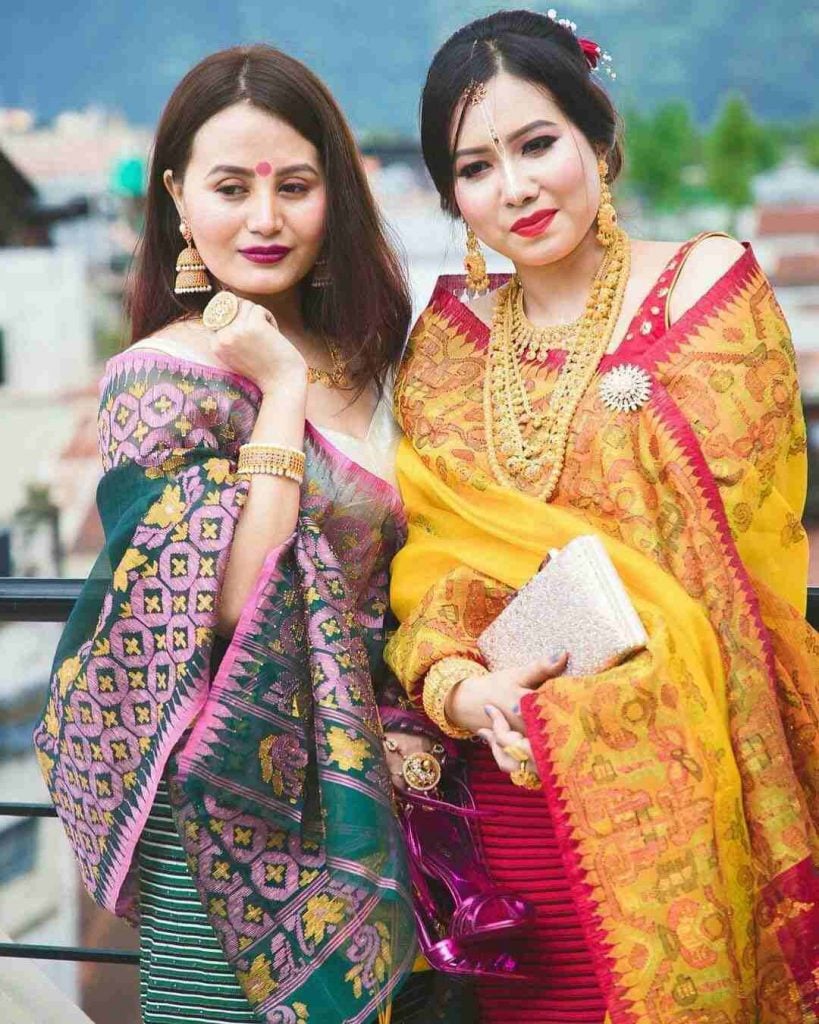
The attire of Manipur has it all: it is simple, basic, cozy, beautiful, and endearing. Even though western apparel such as jeans, shirts, and trousers have become increasingly popular in Manipur, people still look lovely when they proudly don their traditional costumes for special occasions like weddings and festivals.
People like to wear outfits like Phanek with a twist by wearing them as a wraparound skirt with a top and jacket, creating the ideal mix of western and traditional. This is amazing since we all aspire to find the ideal harmony between our history, present, and future. Manipur’s traditional clothing is a shining example of how it’s attainable.
Inaphi
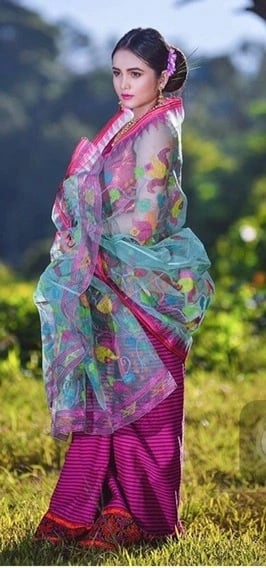
Inaphi is a garment worn over your upper body, primarily as a shawl. The Manipuri weavers enhance the shawl’s calm appeal and retain its composure by using gentle pastel colors instead of the traditional fabrics’ brilliant colors and dramatic designs. It is made of a semi-transparent material. This exquisite artistry and skill have produced a sheer royal inaphi with the utmost fineness.
Rani Phi
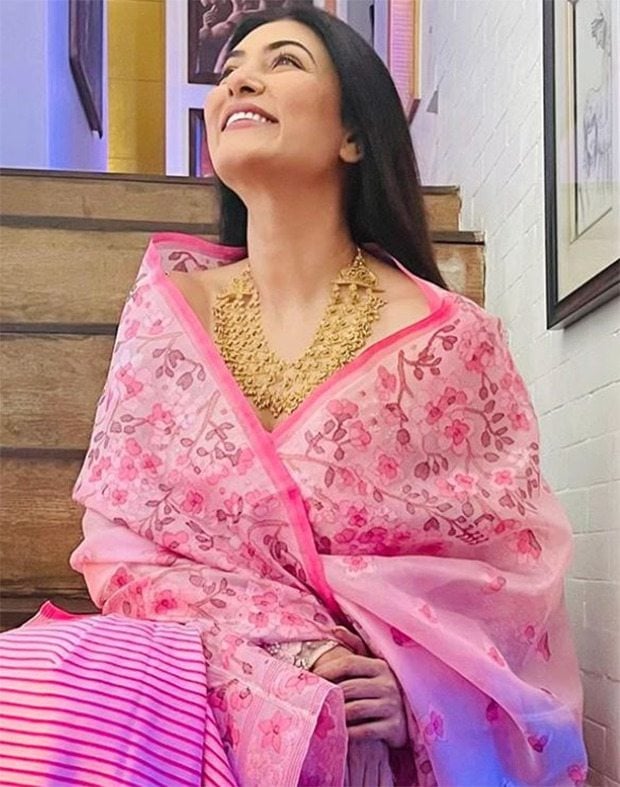
The Rani Phi, a somewhat updated and fashionable variation that uses silk threads, contemporary hues, and distinct designs from the conventional cotton and is now widely available. You can experiment with colors and fabrics to stay current with the fashion trends. These attractive, low-maintenance Rani phi will make you seem stunning. Every Meitei lady must have Rani-Phi, also known as “the cloth of Rani,” in her wardrobe. “Rani-Phi” is named after Chungkham Rani, the inventor of these saris. The Manipur state is home to the widely recognized Rani Phi motif.
Phanek

A phanek is the equivalent of a North Indian saree and is typically worn with a small blouse and top garment. Phaneks are lovely summer clothing that is also quite comfy. You may wear these well-known Manipuri Phaneks to show off your ethnic appearance and look fashionable at the same time. Phanek, traditional Manipuri clothing, resembles a sarong or a wraparound skirt. However, it is not semi-transparent like the majority of ordinary sarongs. Phaneks are manually woven from cotton, silk, and other synthetic materials on a loin loom. Most of the time, they are block printed and come in flat colors or stripes. Traditional clothing lacks flowery prints and striking patterns.
Mayek Naibi
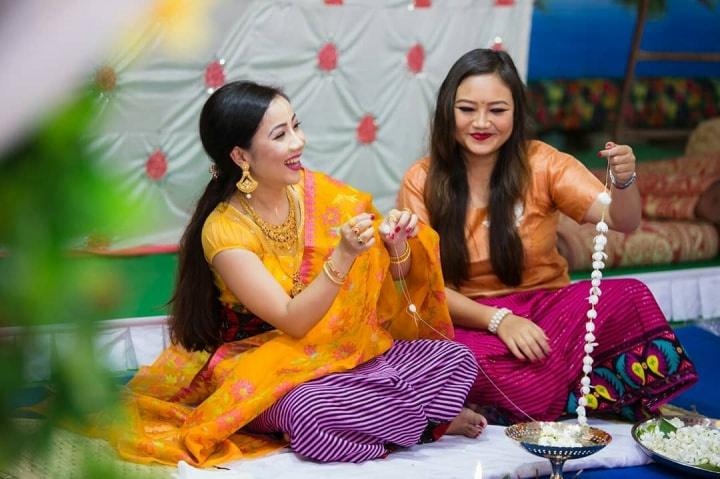
Another Phanek variation worn on noteworthy occasions and during formal gatherings is Mayek Naibi. Heavy embroidery and variously shaped studs are used to decorate the bottom of the Mayek Naibi. Compared to the usual bridal attire and garish colors, Mayek Naibi is a welcome contrast. It is your go-to outfit if you want to show your ethnicity while being sophisticated.
Potloi
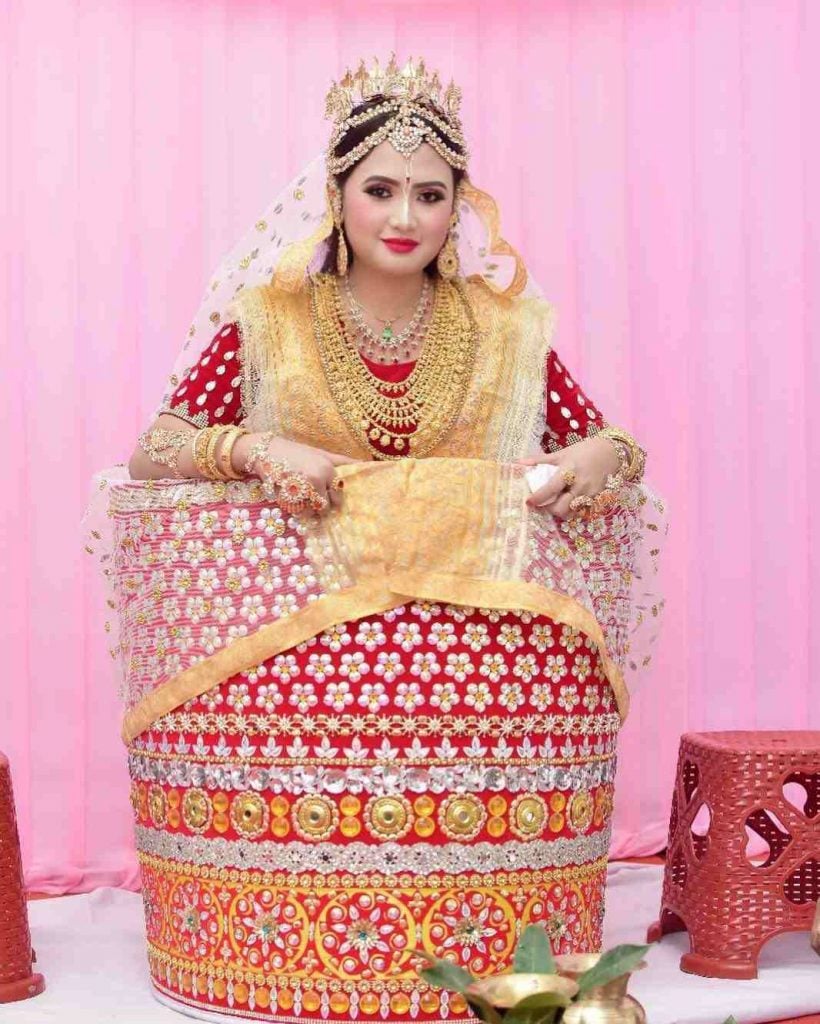
Manipur’s traditional bridal attire, is known as Potloi. Potloi offers the would-be bride an incredibly alluring appearance. It has a cylindrical shape and is sewn to the inner garment, the blouse, and the belt worn over it. The traditional Inaphi and a shirt made of luxurious materials are worn with the skirt, which is typically decorated with traditional designs and comes in the colors red, pink, and green. Due to its elegance and originality, the 1700s-era outfit is still famous at Manipuri weddings. The Potloi is embellished with geometric appliqué works, sequins, studs, and beautiful stones. The stunning outfit is accessorized with an ornate headdress and jewelry.
Conclusion
Manipur’s sartorial heritage has impacted Indian design styles. Many well-known designers have drawn inspiration from traditional Manipuri patterns since Manipur has a thriving textile industry. Especially those seen on phanek or sari, well-known Indian designers, have incorporated old needlework patterns and methods into their creations. Some of these methods are chikonnu, jamdani, kamkhwai, etc.

